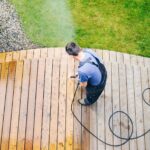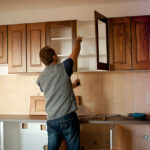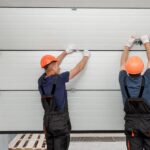Your garage door is an essential component of your home, providing security, convenience, and curb appeal.
However, like any mechanical system, it’s not immune to occasional issues that can disrupt its smooth operation and call for professional door repair in San Diego. From strange noises to unexpected malfunctions, understanding common problems and how to troubleshoot them is crucial for homeowners.
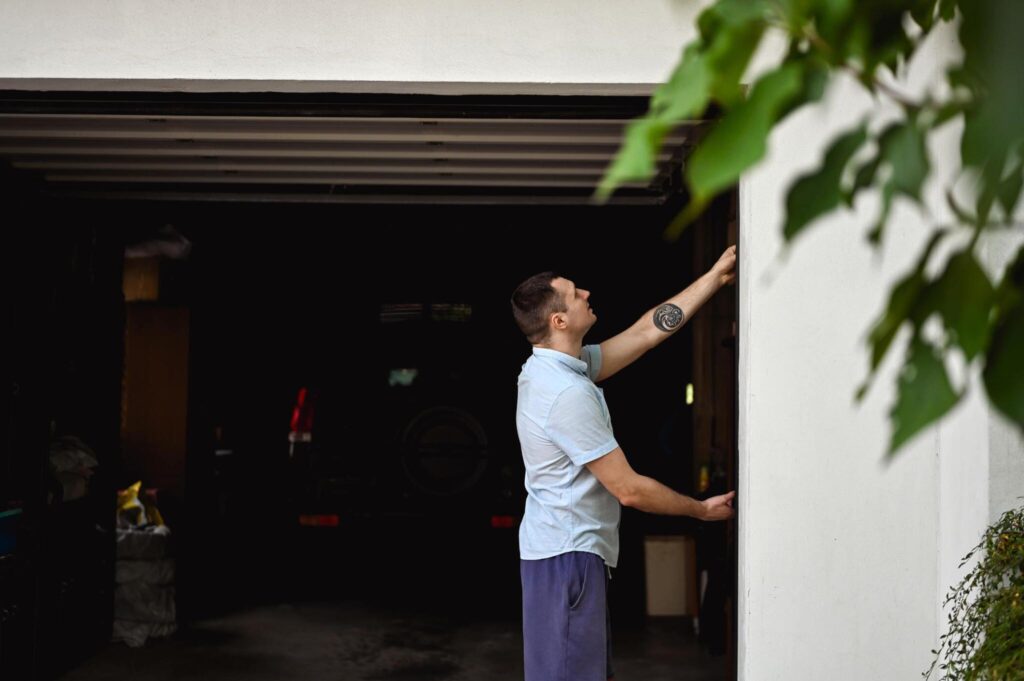
In this guide, we’ll delve into the intricacies of maintenance, offering practical insights and step-by-step solutions to address issues efficiently.
Whether you’re dealing with a squeaky hinge, misaligned tracks, or an unresponsive opener, empower yourself with the knowledge to keep your garage door functioning seamlessly.
What are the most common garage door repairs?
Understanding the common issues that can affect your garage door and knowing how to troubleshoot them empowers you to take proactive measures in maintaining this essential part of your home and ensure its safety, security, and convenience.
1. Squeaky hinges and rollers
One of the most frequent complaints homeowners have about their garage doors is the annoying squeaking sound during operation.
This is often caused by friction between metal components, such as hinges and rollers. To address this issue:
Solution: Regularly lubricate all moving parts with a silicone-based lubricant. Ensure you cover hinges, rollers, and tracks adequately. This simple maintenance task can significantly reduce friction and eliminate those irritating sounds.
2. Misaligned track
Misaligned tracks can lead to a host of problems, including uneven movement and potential damage to the door. Identifying and rectifying track misalignment is crucial for the overall health of your garage door.
Solution: Examine the tracks visually for any gaps or bends. If you notice misalignment, use a rubber mallet to gently tap the track back into place. Ensure the tracks are properly secured to the wall and adjust any bolts or screws as needed.
3. Unresponsive garage door opener
An unresponsive opener can leave you stranded outside or stuck inside your garage. When your remote control or keypad fails to communicate with the opener, it’s time to troubleshoot.
Solution: Start by checking the batteries in your remote control or keypad. If the batteries are functional, inspect the opener’s antenna for any damage or obstructions. Additionally, reprogram the remote or keypad to sync with the opener according to the manufacturer’s instructions.
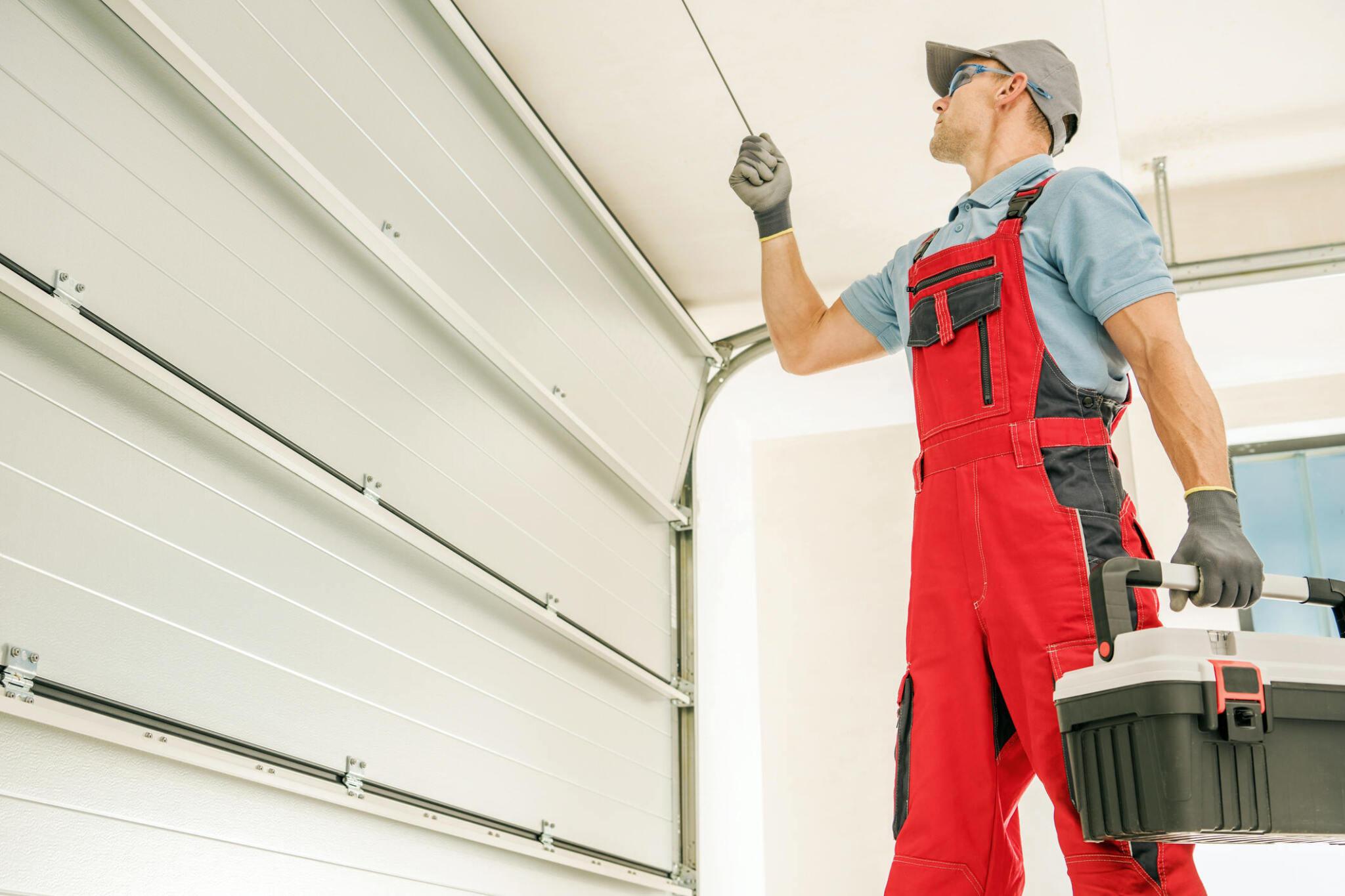
4. Noisy operation
Excessive noise during the opening and closing of your unit can be a sign of underlying issues. While some noise is normal, persistent or unusually loud sounds may indicate a problem.
Solution: Tighten all nuts and bolts on the door and tracks. Lubricate moving parts as mentioned earlier. If the noise persists, consider investing in noise-reducing accessories, such as nylon rollers or vibration dampening pads.
Read also: Your Holiday Cleaning Guide
5. Door reversal issues
Modern units are equipped with safety features that cause them to reverse if they encounter an obstruction. If your door refuses to close or immediately reopens after hitting the floor, it might signal an issue with the safety sensors.
Solution: Check for any debris or obstructions in the sensor’s line of sight. Wipe them with a clean cloth to ensure they are free from dirt or spider webs. If the problem persists, realign the sensors according to the manufacturer’s instructions.
6. Slow response time
A garage door that responds sluggishly to commands can be frustrating and may compromise the security of your home. This can be caused by various factors, including worn-out parts or issues with the opener.
Solution: Inspect the door’s springs, cables, and pulleys for signs of wear. Replace any damaged components promptly. If the opener is aging, consider upgrading to a more modern and responsive model.
7. Frozen garage door
In colder climates, a unit can freeze shut during winter, making it challenging to access your garage. Understanding how to address this issue is vital for winter maintenance.
Solution: Gently break the ice along the bottom of the door using a heat source like a hairdryer or warm water. Avoid using excessive force, as it can damage the door. Consider applying a silicone-based lubricant on the weatherstripping to prevent future freezing.
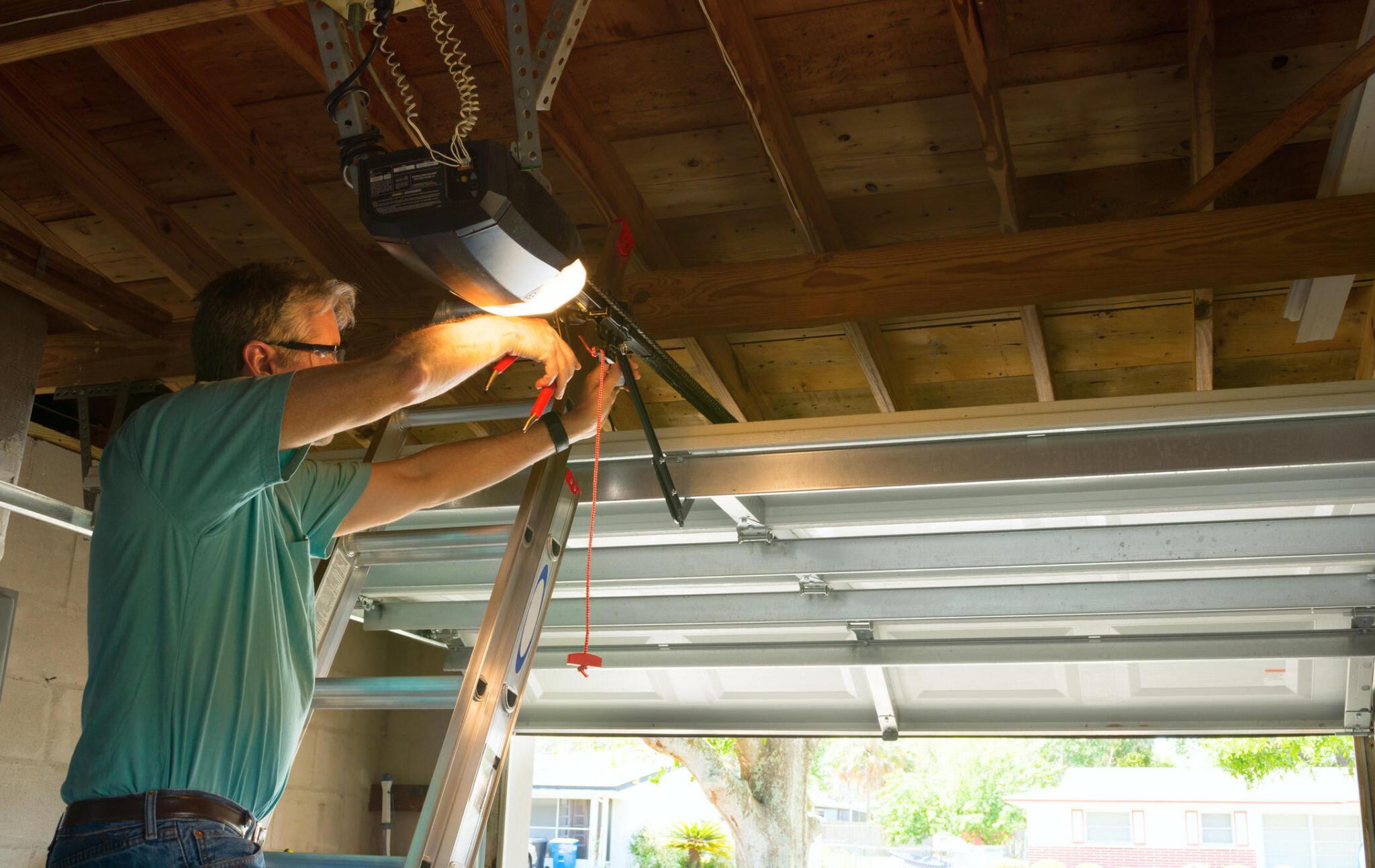
8. Worn-out weatherstripping
The weatherstripping along the bottom plays a crucial role in keeping out drafts, pests, and moisture. When it becomes worn or damaged, it loses its effectiveness.
Solution: Inspect the weatherstripping for cracks or tears. If damaged, replace it promptly to maintain the door’s insulation properties. Regularly cleaning and applying a silicone-based lubricant can prolong the life of the weatherstripping.






